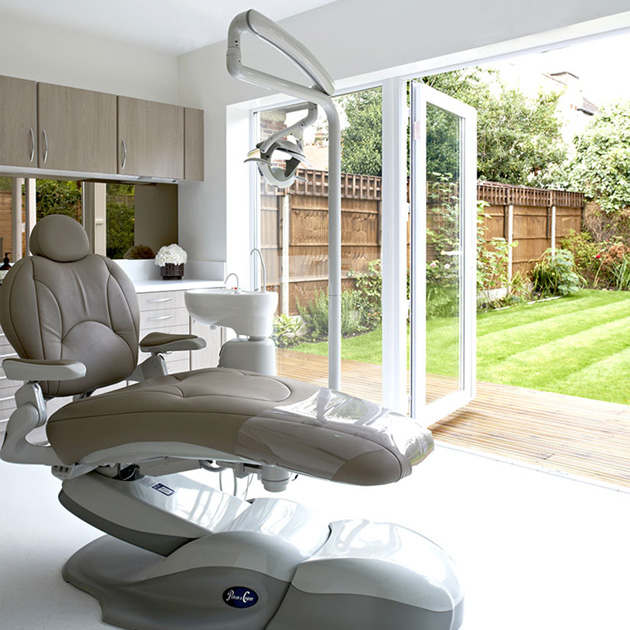Maintain your beautiful smile
White fillings are a type of dental restoration that match the colour of your tooth, using composite resin material to repair the damage left by tooth decay, grinding or chewing hard foods. They are a popular alternative to silver, ‘amalgam’ fillings, which many find unsightly due to their dark, noticeable appearance. It is often quite impossible to spot white fillings as we colour-match the material to your natural teeth, making them a discreet solution that can last for up to ten years.
Like bonding treatments, we use a composite resin material for white filling treatments. This resin is layered onto your teeth and hardened using UV light.
Read MoreTooth extraction is the removal of a tooth from its socket in the bone.
If you require a tooth extraction, it can seem a little daunting and nerve-racking. Did you know that tooth extraction is a fairly standard dental procedure? This article will discuss tooth extraction and what you need to know.
When Is A Tooth Extraction Required? In many cases, you can repair teeth that are broken or damaged by decay with a filling, crown, or other dental treatments. Sometimes, the damage is too severe to repair, so your dentist will recommend extraction.
Here are some other reasons why a tooth extraction might be necessary:
Decay or infection has reached deep into the tooth;
Trauma or injury;
There isn’t enough room for all the teeth in your mouth;
Baby teeth don’t fall out in time for the permanent teeth to come in;
Orthodontic treatment might require tooth extraction to create room for the teeth as they move into place;
Wisdom teeth, also called third molars, are often extracted either before or after they come in;
Before removing a tooth, your dentist will thoroughly review your medical and dental history and take the appropriate X-rays. X-rays reveal the length, shape, and position of the tooth and surrounding bone.
From this information, your dentist can determine the best way to remove the tooth or whether to refer you to an oral surgeon. Before removal during a simple extraction, they will numb the area around your tooth using local anaesthetic. However, during a more complicated removal, called a surgical extraction.
Which is a more complex procedure that is used for a tooth that may have broken off at the gumline or has not come into the mouth yet. Oral surgeons usually perform surgical extractions. However, they can also be done by general dentists. During a surgical extraction, the doctor will make a small incision (cut) into your gum and remove the underlying tooth.
Sometimes they will need to remove some of the bone around the tooth or cut the tooth in half to extract it. After the extraction procedure, the dentist will guide you through the aftercare advice.
You can expect a certain amount of pain and discomfort following an extraction but it is important to keep the area clean and prevent infection.
Read MoreA root canal is a dental procedure involving the removal of the soft centre of the tooth, the pulp. The pulp is made up of nerves, connective tissue, and blood vessels that help the tooth grow. Root canal treatment is needed when dental X-rays show that the pulp has been damaged by a bacterial infection. The pulp may become inflamed if its infected by bacteria, allowing the bacteria to multiply and spread.
The symptoms of a pulp infection include:
In the majority of cases, a general dentist or endodontist will perform a root canal while you’re under local anaesthesia.
It is important to see your dentist when you develop a toothache, if your tooth is infected, the pulp cannot heal by itself. We treat infected teeth with root canal treatment. Although it involves treating the inside of your tooth, it is often a straightforward and painless procedure.
Read More
Although six-monthly check-ups and hygiene appointments are fundamental to your oral health, there is a lot you can do to keep your teeth and gums in good condition between visits. Brushing and flossing twice a day for two minutes should be a staple part of your routine to remove plaque before it hardens into tartar and causes gum disease. Try to cut down on sugary and acidic foods as much as possible; if you consume them, wait at least half an hour before brushing to protect your enamel. When you brush, make sure to use fluoride toothpaste.
Book Now
Please complete the form below to send us a message, book a free consultation or book/change an appointment.
Email: ecladent@live.com
Phone: 0208 959 9392
Fields with (*) are required.
Please contact us via this website or email without disclosing confidential information.